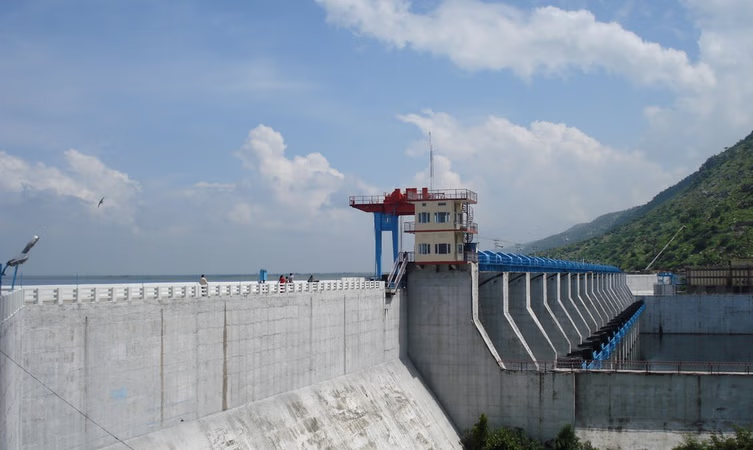Bisalpur Dam, Tonk – A Lifeline of Rajasthan
Nestled in the Tonk district of Rajasthan, Bisalpur Dam is a significant multipurpose reservoir built across the Banas River. Located approximately 40 km from Tonk city and about 130 km from Jaipur, the dam is not only a vital source of water supply but also a serene getaway surrounded by scenic beauty.
History and Construction
The construction of Bisalpur Dam began in 1985 and was completed in 1999. The primary objectives were irrigation, drinking water supply, and flood control. Built with an earthen embankment and a masonry spillway, the dam stands as a remarkable feat of engineering. It has a height of around 39.5 meters and a length of 574 meters, with a gross storage capacity of over 315 million cubic meters. Over the years, it has become a crucial water source for several cities, including Jaipur, Ajmer, and Tonk.
Water Supply and Irrigation
Bisalpur is considered the lifeline of Jaipur, supplying drinking water to the capital city and its surrounding regions. The project was designed to cater to the needs of drought-prone areas in eastern Rajasthan. Apart from urban water supply, the dam supports irrigation in nearby agricultural lands, benefitting thousands of farmers. The canal systems connected to the dam help irrigate a vast area, promoting crop cultivation and improving rural livelihoods.
Tourism and Natural Beauty
Though not widely commercialized as a tourist spot, Bisalpur Dam is steadily gaining popularity for its picturesque environment. The expansive water body surrounded by Aravalli hills provides a tranquil retreat. The dam site is particularly attractive during and after the monsoon, when the reservoir is full, and the landscape turns lush green. Bird watchers and nature lovers often visit the area, especially in winter when migratory birds arrive.
There are no extensive tourism facilities at the site, which maintains its unspoiled charm. Visitors can enjoy the peaceful atmosphere, photography, and breathtaking sunset views over the water. Boat rides are occasionally available, and locals often gather here for picnics and relaxation.
Environmental and Social Impact
While the dam has brought water security to many regions, it also led to the displacement of several villages during its construction. Over 20 villages were affected, and many residents had to be relocated. The government implemented rehabilitation programs, though challenges in resettlement remain part of the project’s legacy.
